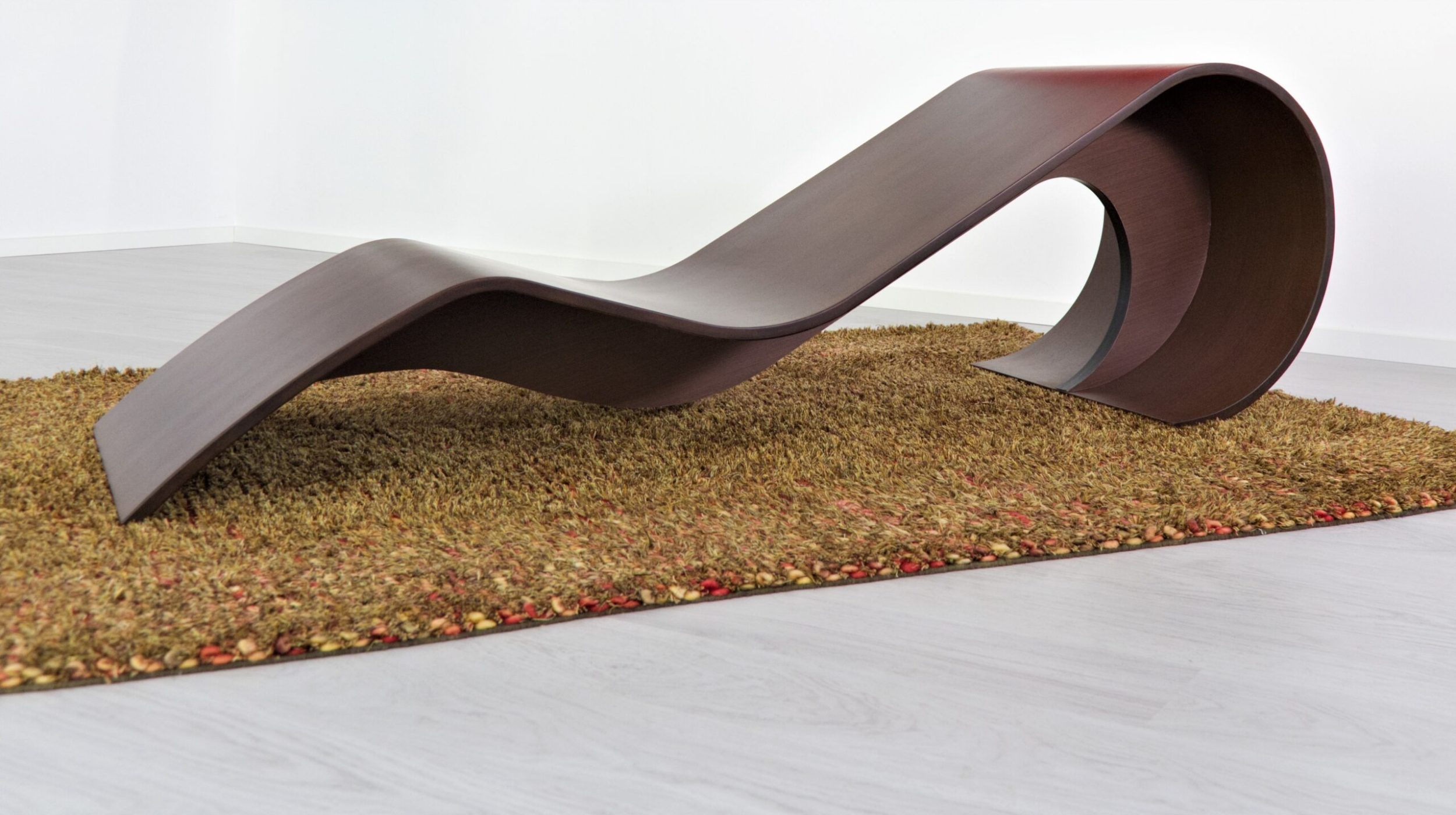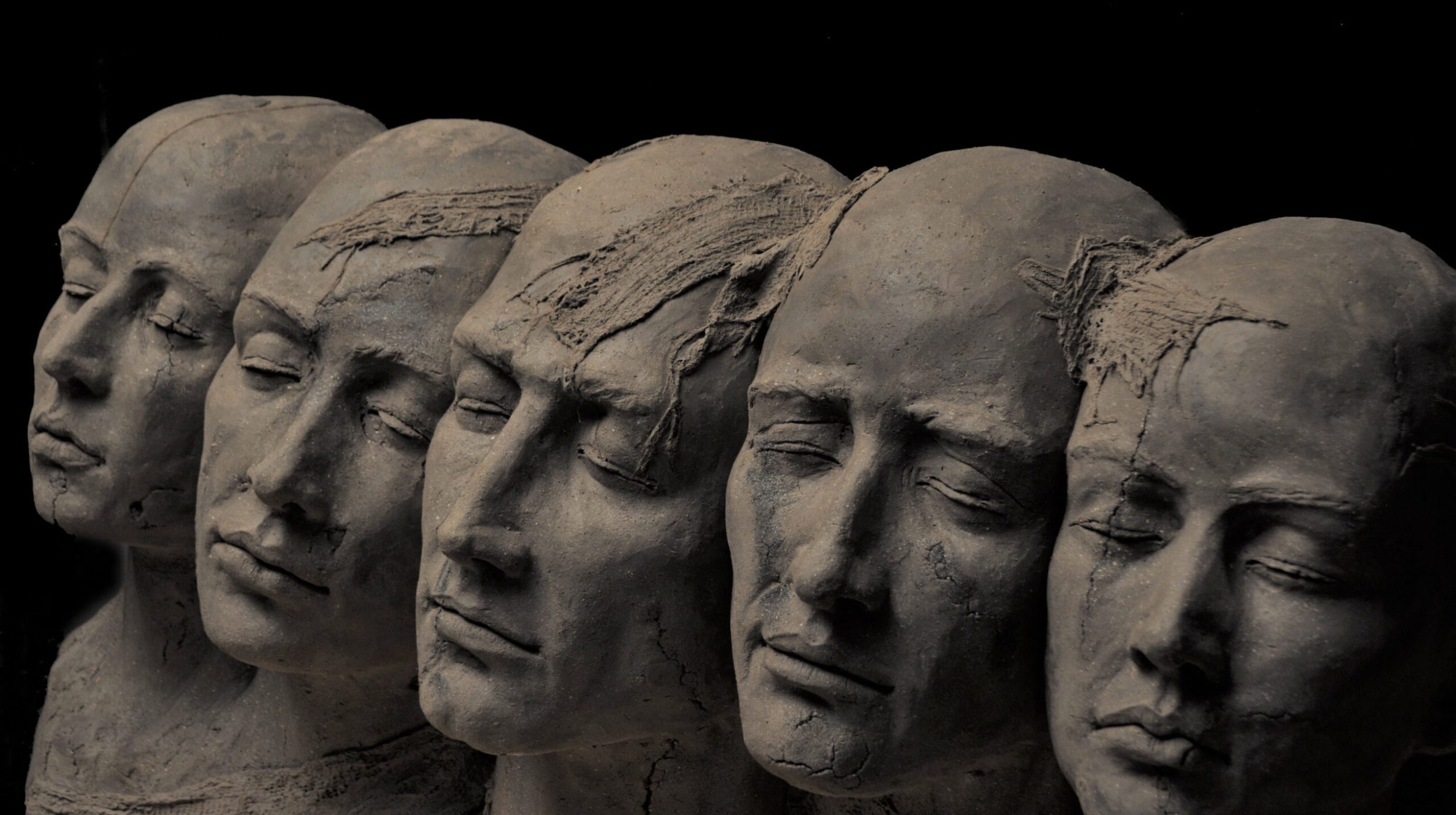An invisible thread creates a subtle web of connections between the various arts.
The skilled hands of the artist, guided by his own creativity, shape the material, transforming it into a unique “piece” aimed to acquire value over time, whether it is a painting or a sculpture, a drawing or a photograph, an antique or modern piece of furniture, a crafted object of yesterday or today.
This genius today goes further, thanks to the artist’s intuition of the almost imperceptible link between the various arts and the mix that can be created between them, an intuition that the artist manages to make manifest through the filter of his own emotionality and expressiveness, and from which springs a work aimed to awaken the complex emotional universe within us, which never cease to amaze us.
Through its showroom and online shop, FiloARTE addresses a discerning clientele, passionate about unique works of Art, belonging to the present or the past, from collections of well-known artists. Clients who love to furnish the space in which they live, work or relax with unique furniture, original and refined in design. Objects that, with their exclusive handcrafted creation, aim to create a unique living space, quintessential to the personality and taste of those who dwell there.



